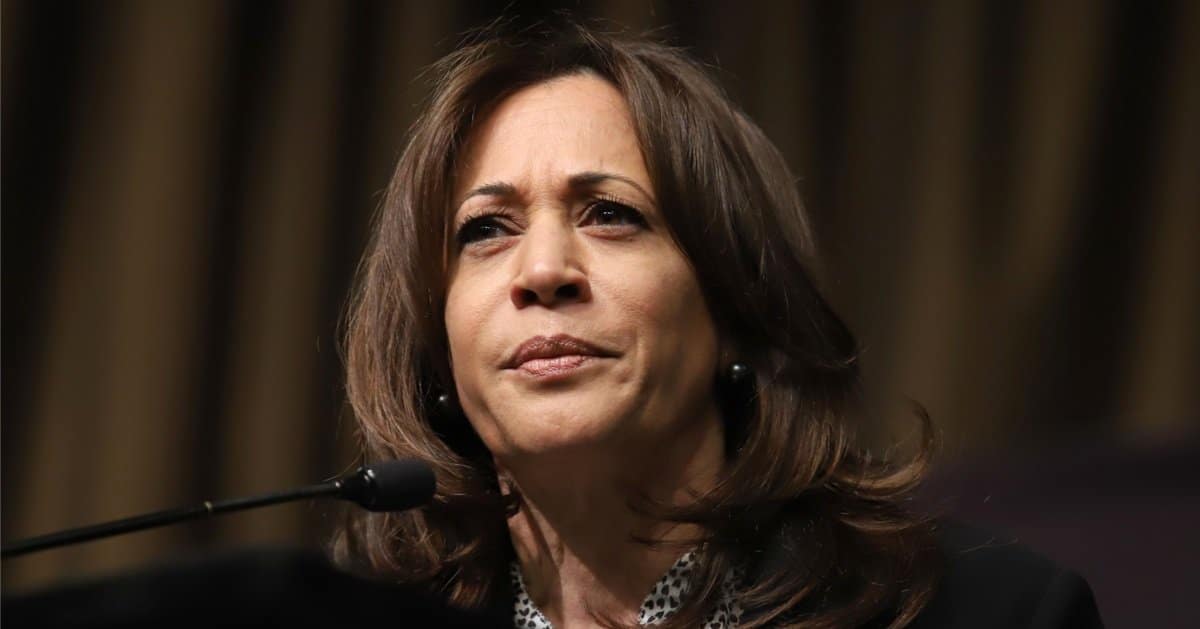

Imagine a world where venting online about a political figure could land you in federal court—yet, somehow, you walk free. That's the reality for Peter Stinson, a former Coast Guard officer, whose violent rhetoric targeting President Donald Trump just dodged a legal bullet in Virginia. This case isn't just a courtroom drama; it's a neon sign flashing the tension between free speech and public safety.
In a nutshell, Stinson was acquitted by a Virginia jury on a charge of soliciting violence against Trump after a brief two-day trial in the U.S. District Court for the Eastern District of Virginia.
Let's rewind to the beginning: Stinson, a longtime Coast Guard veteran, took to platforms like X and Bluesky with posts that could make even the toughest keyboard warrior blush. He mused about twisting a blade into Trump's "fatty flesh" and even floated the idea of funding a hitman contract. These weren't whispers; they were public calls, including a blunt plea for someone to "take the shot."
As the COVID-19 pandemic raged, Stinson doubled down with a chilling remark: "He wants us dead. I can say the same thing about him," he wrote, reflecting a raw, bitter sentiment (Peter Stinson). But was this just frustration boiling over, or a genuine call to arms? The Department of Justice thought the latter, initially charging him with two counts of threatening the president before narrowing it to solicitation of violence.
DOJ prosecutors painted Stinson as a danger, pointing to his self-identification with Antifa and the violent tone of his posts. Yet, the jury wasn't convinced, perhaps swayed by the defense's argument that these were just words—ugly, sure, but protected under the First Amendment. It's a reminder that even in a polarized age, not every harsh statement crosses the legal line.
Stinson's legal team argued his posts lacked the specificity and immediacy needed to be deemed outside constitutional protection. They insisted his rants were political advocacy, not incitement—a stance that echoes a 1969 Supreme Court ruling on hyperbolic speech against President Lyndon Johnson. That precedent labeled such talk as mere political venting, not a true threat.
This acquittal doesn't exist in a vacuum; it lands amid a storm of political violence shaking the nation. From the tragic assassination of conservative activist Charlie Kirk to attacks on immigration enforcement officers, threats against public figures—presidents, senators, lawmakers, and judges—are now disturbingly routine. Republicans have pointed fingers at inflammatory rhetoric for fueling such acts, as seen in the fallout from Kirk's death.
Contrast Stinson's case with others where actions, not just words, tipped the scales. A man convicted of attempting to assassinate Supreme Court Justice Brett Kavanaugh in 2022 had gone beyond talk, showing up armed at the justice's home after online discussions and research into mass shootings. Another individual tied to the January 6 riot was convicted on firearms charges after livestreaming near former President Barack Obama's neighborhood with weapons and a hoax threat.
Even now, another case looms where an individual faces charges for graphic threats against federal judges via the Supreme Court's website. A judge in that matter refused to dismiss the case on First Amendment grounds, leaving the debate for a jury to settle. It's a stark contrast to Stinson's outcome, raising questions about where speech ends and crime begins.
Attorney General Pam Bondi initially suggested the DOJ would crack down on hate speech after Kirk's killing, only to clarify later that only direct threats of violence are prosecutable. Her words, "The DOJ would absolutely target you, go after you, if you are targeting anyone with hate speech," sparked concern before the backtrack (Attorney General Pam Bondi). It's a muddy line—when does fiery rhetoric become a punishable act?
Legal experts weigh in, noting the gap between venting and incitement. Solicitation requires a direct tie to a crime, like arranging a real hit, not just tossing out violent fantasies online. Stinson's case, lacking that concrete step, likely stayed on the safe side of free expression, even if his words were reckless.
Still, the cultural context can't be ignored. With public figures across the spectrum facing threats in forums and direct messages, every case like this feels like a test of how much society will tolerate under the banner of free speech. It's a tightrope walk between protecting rights and preventing tragedy.
Stinson's acquittal might embolden some to push the envelope with their online rants, but it should also prompt a hard look at our political discourse. Words aren't just words when they're soaked in violent imagery during a time of heightened tension. Yet, stripping away constitutional protections over every harsh post risks silencing legitimate dissent.
This case isn't about celebrating or condemning Stinson—it's about wrestling with a principle bigger than one man's social media spiral. The First Amendment isn't a blank check for chaos, but it's also not a straitjacket for frustration. As threats and violence swirl around public life, finding that balance remains the real challenge.



